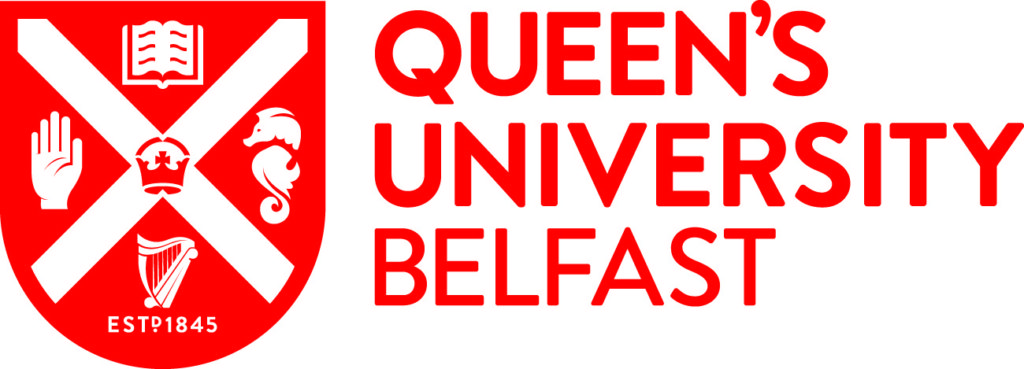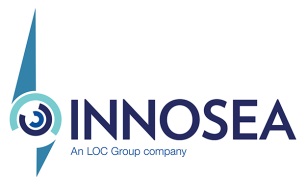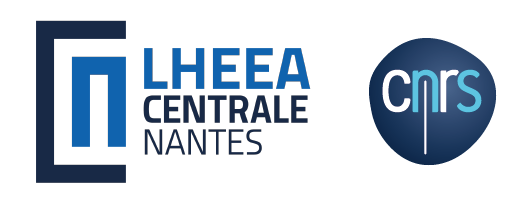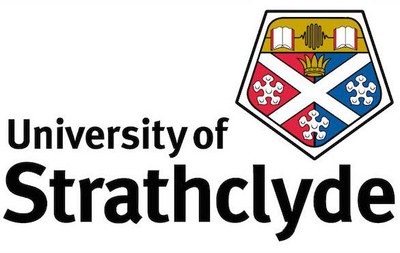WP03 - Numerical Modelling
Work Package 03 - Numerical Modelling
The numerical modelling of the hydrodynamic behaviour will serve for three main purposes within the LiftWEC project:
- Deepen the understanding of the hydrodynamic principle in realistic sea states and provide this as input for the concept development
- Predicting the hydrodynamically induced maximum loads and permanent loading relevant for the design of a reliable device
- Creating a reliable real-time simulation tool as a basis for the development of an efficient control strategy in order to optimize power output
Hydrodynamic simulations will be performed using a Blade Element Momentum Theory method and a Reynolds-Averaged Navier-Stokes (RANS) equations solver based on the finite volume method. The high-fidelity flows simulations shall be used to assess the design and behaviour of the device in relevant sea states. Further simulations will be conducted in order to guide the choice of designs for building the experimental prototypes for WP4, to support the structural design of the device regarding survivability under extreme wave impacts for WP6, to determine scale effects between model and full scale, and to determine the efficiency of the wave energy converter when subjected to realistic, directional wave spectra. These results will be used to validate and improve the description of the control model for the wave-WEC interaction from WP5.
The blade element momentum theory (BEM) based tool, due its significantly faster computation times, will be combined with the control strategy approach to develop a real-time simulation tool including hydrodynamic effects and the steering measures to optimize lift.
This work package will strongly interact with the concept evaluation conducted in WP2, the physical modelling of WP4, the control strategy developed in WP5 and the structural design in WP6.





